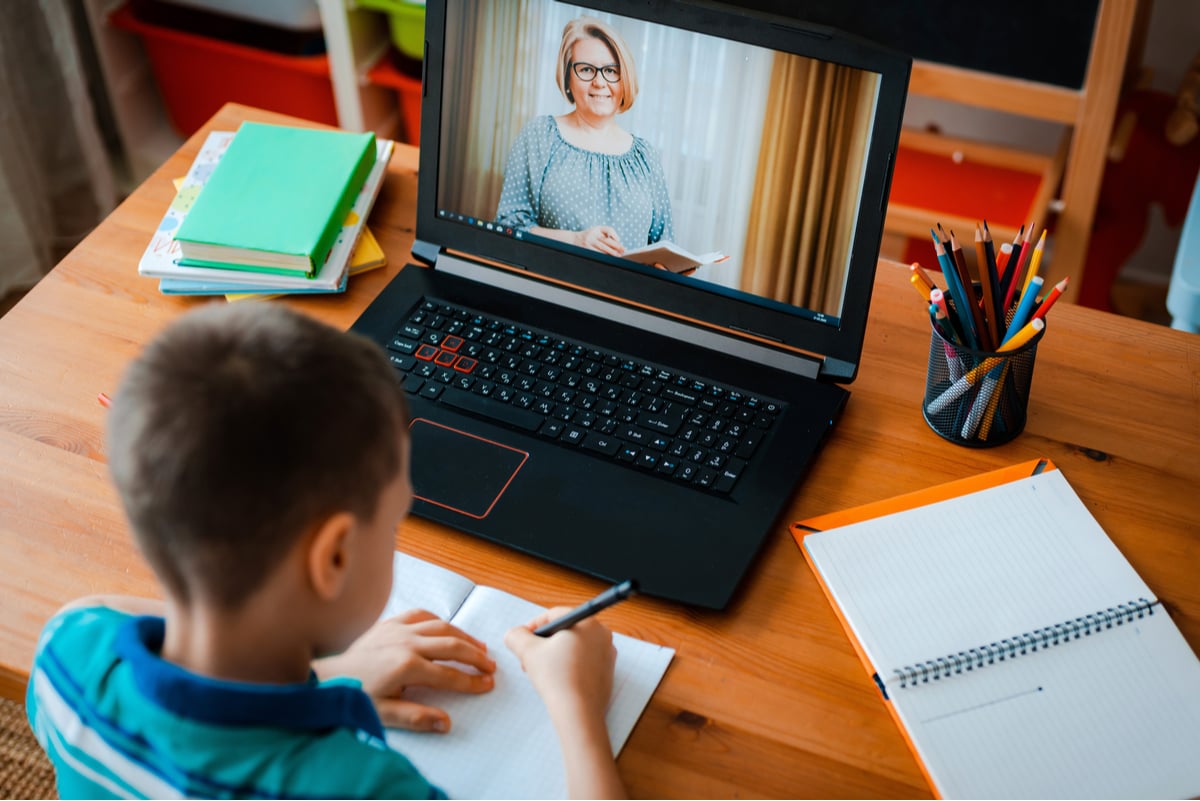Out of all the global industries, schools and multi-academy trusts (MATs) have been hit one of the hardest by the pandemic. The first cases of coronavirus found in Wuhan in China were in January 2020. Just three months later, as coronavirus spread across nations, schools were closed in over 190 countries, affecting some 1.6 billion learners and around 91% of the world’s student population.
These are staggering figures. The long-term impact of the pandemic has affected a whole generation of children and young people. But there have been significant challenges for schools and MATs in the UK, where there have been tight restrictions on budgets and resources upheld by the UK Government for some time. The diverse demographic of school pupils spanned across the UK, with deprived areas having less digital access and skills, which has also been an important factor in how schools approach their remote learning delivery, and how successful it is for not only pupils and teachers, but parents as well.However, this is not a new problem. This is a deep-rooted issue in schools and academies which the pandemic has simply brought to the surface.
The pandemic has exposed deep-rooted issues in schools & MATs
A recent study conducted by the Education Endowment Foundation analyses what impact COVID-19 has had on pupil attainment in UK primary schools. The results of the study illustrated that pupils have made less academic progress compared to previous years, and there has been a larger attainment gap for disadvantaged pupils which seems to have developed as the pandemic progressed.
There are, of course, many reasons why this could happen. However, the most likely cause indicates many schools and academies were not equipped for remote learning at the start of lockdown. If they were, perhaps there was something missing in their remote learning strategy. For example, a teacher may have lacked the knowledge or skills in digital technology that made it difficult to deliver lessons on video conferencing platforms or give pupil’s access to the digital tools they needed; or there may have been an overall lack of consistent and transparent communication from schools to parents and guardians.
Collaboration in technology is opening doors
It is in this context - driven by the coronavirus and the need for schools and MATs to adapt how they operate - that the need for collaboration has been exposed. Collaboration amongst teachers, pupils, parents, senior boards, partners, local authorities, and other school communities has become a long-term necessity.
At long last, collaboration is a solution and an opportunity for many COVID-19-related problems, and digital technology and consistent communication can unite and connect all parties in the school network together. It is from here that a school or MAT learning experience can become not only successful, but future proofed, for everyone involved.
Digital technology and collaboration in schools and MATs can:
- Improve communication across all parties in the school network
This is particularly true for pupils, teachers and parents. Having one robust and modern system in place at your school for voice calls and IT functions can help to facilitate effective interactions during school hours, and even prevent issues from escalating. This will improve the reputation of your school and pupil and parent satisfaction.
- Help to ensure full participation and engagement
Remote learning can help to improve student engagement, particularly with pupils who may be reluctant to answer a question in class. Plus, there are digital tools which can be used to outline insights into how pupils are performing, and which subjects they are struggling with. Understanding how this technology can be used, and then applying communication to support pupils, will raise the bar for pupil’s learning experience.
- Enable teachers and pupils to teach and learn in the way they want to
Although many schools in the UK are back open now for pupils, the ability to access teaching materials and lessons on multiple devices and platforms will never not be essential in the future of learning. Seamless integration is one of the biggest benefits of cloud technology and having an exclusive app for teachers to use when on the go is a huge benefit for flexible learning delivery.
NFON are making a difference to schools and MATs right now
NFON are European leaders in pioneering plug-and-play cloud technology. We are currently working across a number of schools and academy networks across the UK and transforming how they are operating, teaching, learning and collaborating.
Technology and collaboration tools can have a have far-reaching impact on all parties and people connected in the school’s community - and it all starts with one system.
Find out more about NFON's collaboration with education organisations throughout the UK.









